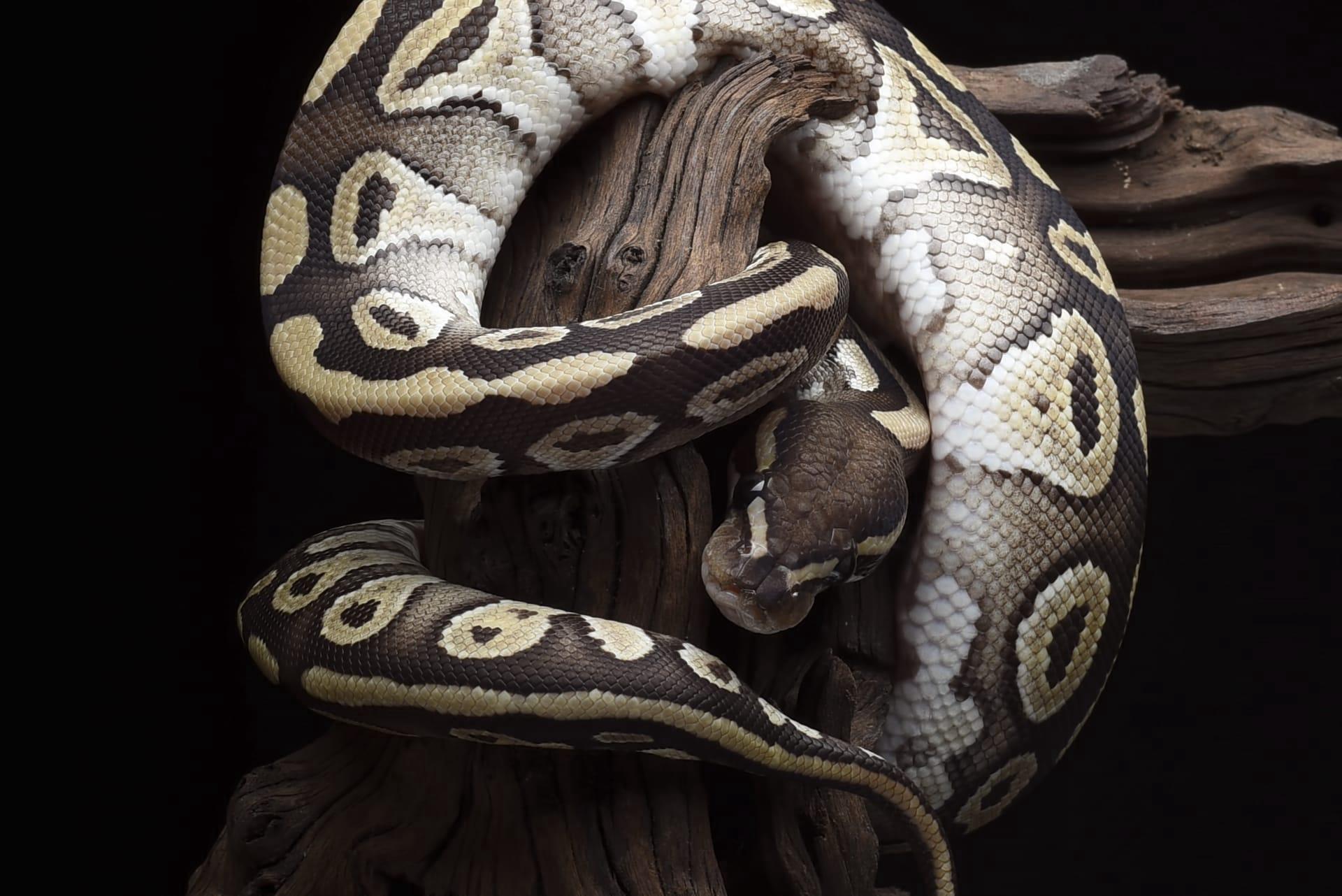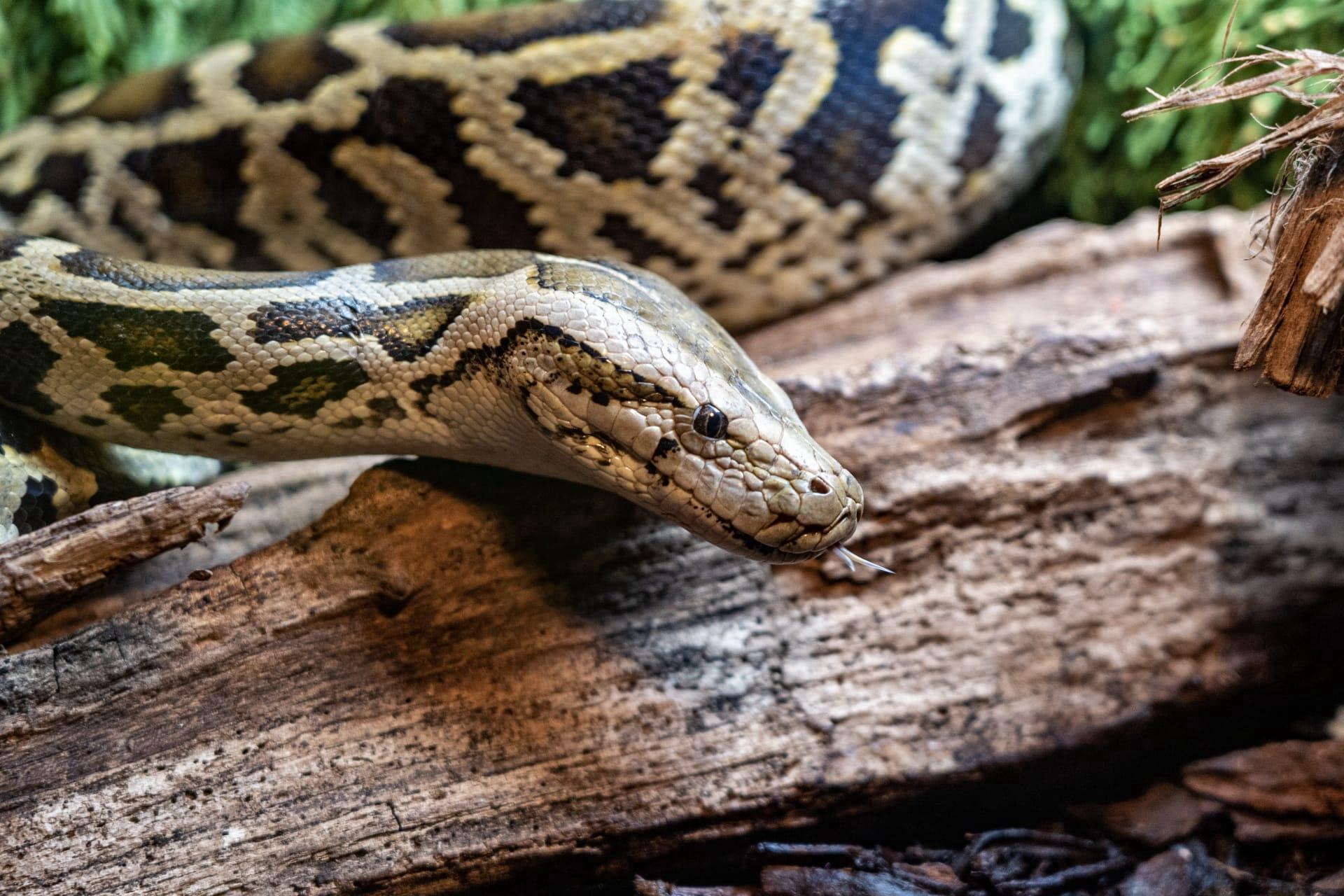Big Snakes Trivia
- Home /
- Trivia Question /
- Animal /
- Big Snakes Trivia
1
Question: What is the largest species of snake in the world, and how big can it get?
Answer: The title of the largest snake goes to the Green Anaconda. Found in South America, these massive reptiles can grow up to 30 feet in length and weigh as much as 550 pounds. That's about the length of a school bus and as heavy as a grand piano! They're not just long but also incredibly girthy, with a diameter up to 12 inches - that's as wide as a large pizza!
Question: How long can big snakes like pythons and anacondas live?
Answer: Surprisingly, big snakes like pythons and anacondas have quite a long lifespan. In captivity, where they are safe from predators and have a steady food supply, these snakes can live up to 30 years. That's similar to the lifespan of a domestic dog. In the wild, their life expectancy is shorter due to threats like habitat loss and predators, but they can still live for about 10-20 years.

2
Question: Are big snakes like anacondas and pythons dangerous to humans?
Answer: While big snakes like anacondas and pythons are certainly powerful, they rarely attack humans. Most large snake species are non-venomous and kill their prey by constriction. Human attacks are exceptional cases and often involve provocation or unusual circumstances. For example, the Green Anaconda, despite its size, is more interested in aquatic prey and tends to avoid human interaction.
Question: Can big snakes really swallow a human whole?
Answer: The idea of a snake swallowing a human whole is more myth than reality. Although large snakes like pythons and anacondas have been known to attack humans, the process of swallowing a human whole is extremely rare and improbable. These snakes typically prey on animals much smaller than humans, such as rodents, birds, or medium-sized mammals. The largest prey they can consume is around the size of a deer or a capybara.

3
Question: How do big snakes like anacondas give birth? Are they egg-layers?
Answer: Interestingly, not all big snakes lay eggs. The Green Anaconda, for example, is an ovoviviparous species, meaning it gives birth to live young. A female anaconda can give birth to 20-40 baby snakes at a time. These babies are about 2 feet long at birth and are independent from the moment they enter the world. In contrast, pythons are oviparous, laying eggs that they actively incubate and protect.
Question: What's the typical diet of a large snake, and how often do they eat?
Answer: Large snakes like pythons and anacondas have a diet primarily consisting of mammals and birds. They are ambush predators, lying in wait to catch unsuspecting prey. Their meals can include rodents, fish, birds, and even larger animals like deer or capybara. Remarkably, these giant reptiles don't need to eat frequently. They can survive on a single large meal for weeks or even months, thanks to their slow metabolism and ability to digest large quantities of food at once.

4
Question: Can big snakes sense heat, and how does this aid in hunting?
Answer: Yes, some big snakes, like pythons, have a fascinating ability to sense heat. They have specialized pits along their lips that detect infrared radiation, essentially allowing them to "see" the heat emitted by their prey. This adaptation is incredibly useful for hunting in the dark or in murky waters, as it helps them locate warm-blooded prey even without good visibility.
Question: How fast can large snakes like anacondas swim?
Answer: Despite their massive size, anacondas are surprisingly agile swimmers. They are known to reach speeds of up to 10 miles per hour in water. This is quite fast, considering their size and weight. Their swimming ability is aided by their muscular bodies and the fact that water supports their weight, allowing them to move gracefully and with surprising speed.

5
Question: Do big snakes have any natural predators, or are they at the top of the food chain?
Answer: While big snakes like anacondas and pythons are apex predators in their habitats, they are not without threats. Younger, smaller snakes are vulnerable to predators like large birds, crocodiles, and even other snakes. However, fully grown large snakes have few natural enemies. The primary threat to these snakes is habitat destruction caused by human activities, not predation.
Question: How do big snakes like pythons and anacondas hunt their prey?
Answer: Big snakes like pythons and anacondas are ambush predators, meaning they wait quietly and strike when prey comes near. They use their camouflaged skin to blend into their surroundings. Once they strike, they wrap their powerful bodies around their prey and constrict, or squeeze, until the prey suffocates. They then unhinge their jaws to swallow the prey whole, a process that can take several hours depending on the size of the meal.